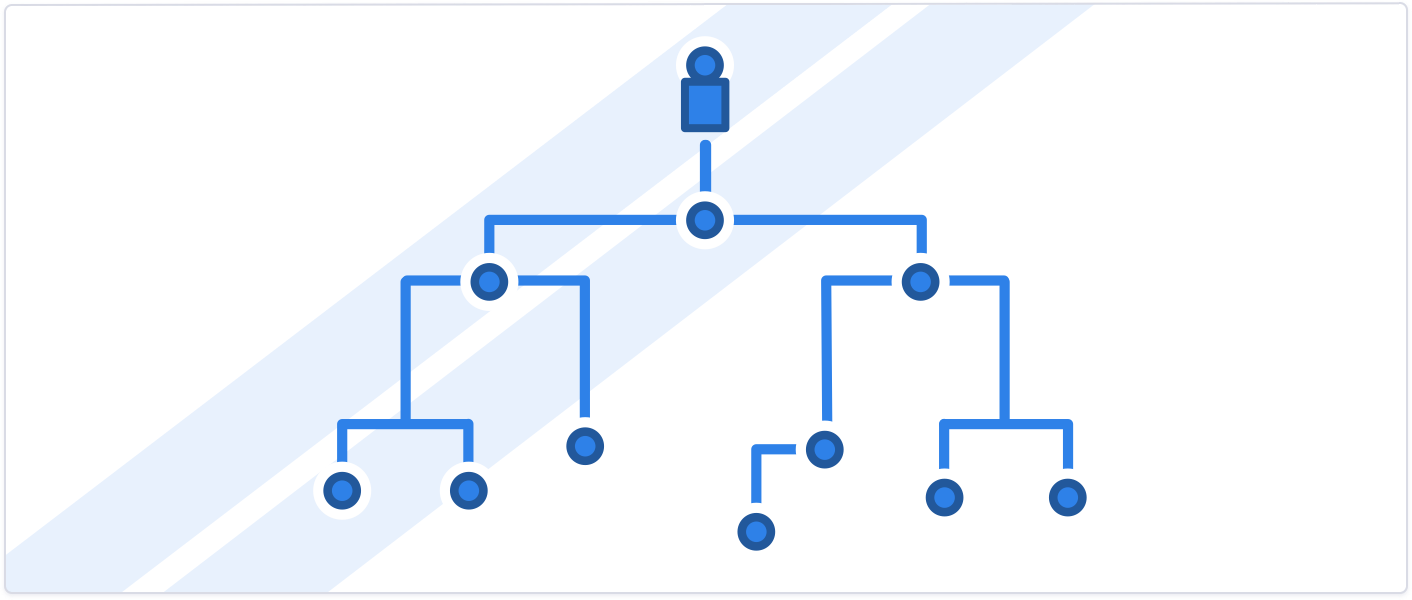Almost all brands that provide a good experience to their customers collect feedback from the customers and make these feedback a basis for critical decisions. While the brands that hear the voice of their customers are increasing in number day by day, the decisions made while choosing the right feedback system is also highly important.
Clearly determining your needs is the first step of this process. Because a feedback system which entirely fulfills the institution's needs and provides excellent results may not be a good fit for you. At this point, some questions you ask yourself may help you while determining your needs. Let's get started!
1- Which processes of a feedback system do you want to engage in?
A feedback system has many different processes. These processes include preparing a survey flow, distribution of the survey, the reporting process and analysis of reports. First of all, determining which part of these processes you want to engage in will help you a lot in terms of choosing the right feedback system for yourself. Choosing a "Self service" type of feedback system has some advantages, such as you being in control and getting lower prices. However, before deciding to follow such a way, you need to be sure whether you have the sufficient amount of resources that could handle such a work-load.
2- How comprehensive do you need your feedback system to be?
Before choosing a feedback system, you need to determine how comprehensive you need your feedback system to be. If you are an online selling, non-departmentalized institution, you may prefer a relatively simpler feedback system. But if you have hundreds or even thousands of stores, the feedback system you choose needs to be more professional.

3- How complex is your institutional hierarchy?
Institutional hierarchy, in simple terms, is the collection of an institution's administrative levels and managed teams. Institutional hierarchy, which is formed as various parts of the institution merge together, becomes more complex as the institution grows. For example; stores create zones, zones create fields, fields create countries and countries create global structure.
A complex institutional hierarchy can cause many possible problems in a feedback system. Some of these problems are the changes in hierarchical structure, job descriptions in the horizontal hierarchy (such as departments of a retail store) and authorization at access points of collected feedback. Therefore, if your institution has a complex hierarchical structure, choosing a relatively more practical feedback system would be a better decision.
4- How often do you want to collect your feedback?
In the past, the feedback collected from a feedback system for a month would be presented in the form of reports at the end of that month. Those times were undoubtedly more smooth and comfortable for companies producing feedback technologies. As a matter of fact, this work system still exists in some places even though in a limited way. However, the systems providing real-time feedback flows are the ones that are mostly preferred in today's world, where being faster is becoming more important day by day. At this point, the question you must ask yourself is this: "Am I working in a field that requires me to take real-time action as a result of collected feedback?"

5- What kind of feedback hardware do you need?
Before choosing a feedback system, you need to determine which media you want to collect feedback through. If you are an online institution, you need some communication channels that can collect feedback from digital environments. But if you are an institution with many stores, then you need to collect feedback both from digital and physical environments.

6- A global system or a more local solution?
A feedback system that provides service only in particular countries or a system that provides service for customers all around the world. At this point, the question you must ask yourself is: "How extensive a system does my institution need?"
Although preferring a global system has its own advantages, it also has some disadvantages like localization and the fact that data privacy of customers varies from country to country. For instance, an American company who wants to provide a feedback system to its customers in Russia may encounter some problems. Because some governments have concerns about sharing private information of citizens with a foreign institution. If you need a global feedback solution, it is better for you to prefer an institution who is capable of solving these problems.
Pisano works at all contact points of a customer experience process in order to improve customer satisfaction in real time. Pisano technologies produce feedback channels that ensure accurate communication between institutions and their customers at all contact points and provide a high amount of feedback from various digital and physical locations. Pisano, who provides the users with the opportunity of being involved at every stage of the feedback process, has 4 different channel types for collecting feedback from various locations. These are kiosk channels, link channels, web widget channels and email channels. Pisano provides feedback services to many local and global brands with its user-friendly interface.
We tried to briefly summarize the important points to pay attention while choosing a feedback system. For making a right decision, the first thing you need to do is to determine your needs accurately. Because, regardless of how advanced it is, if a feedback system is not able to fulfill your needs, it is the wrong choice for you. Pisano has been providing innovative feedback solutions to its customers since the day it was established. Discover the power of feedback with Pisano and hear the voice of your customers. Because the secret of your success is hidden in them.



